Puffy white clouds in a bright blue sky, tassled sweet corn beginning to mature, and dahlias in full bloom—this is summer in the Pacific Northwest. After a delayed start to the warm weather this year, we’ve finally enjoyed some real summer temperatures and sunny days in the last month. As your garden offers the best of its summer glory before the decline into autumn, here are some tips to keep your yard and garden looking their best.
First, one thing I love about this time of year is the abundance of blooms in my garden. From roses to dahlias, zinnias to hydrangeas, it’s hard for those of us who enjoy fresh-cut flowers to find enough counter space for the many bouquets. To keep your flowers going throughout the rest of summer and into autumn, feed with Jack’s Classic regularly, remembering it takes a lot of nutrients to produce all those flowers!
Additionally, continue deadheading those plants you’re growing for bouquets. Spent flowers may go to seed, directing nutrients into seed production instead of new buds. Moreover, deadheads provide the perfect breeding ground for mold and mildew, so removing old flowers will keep your plants healthy and producing later into autumn.
If your yard could use a little bit of additional color this time of year, two of my must-have suggestions are perennial hibiscus and echinacea. Hibiscus, with their huge, nine-inch wide flowers, require minimal care other than regular watering and a good dose of slow-release fertilizer in the spring. Plant them in full sun and they’ll grow three to four feet tall and about as wide. Available at garden centers this time of year, hibiscus are jaw-droppingly beautiful and with their tropical appearance look like they shouldn’t survive in our climate—but rest assured, they will thrive, year after year!
Echinacea (commonly called coneflowers), while less of a bombshell beauty, are equally easy to grow, provided the right conditions and care. In the last several years, as breeding has produced hardier plants and a wide variety of colors, I have come to appreciate the beauty of echinacea in my garden more than ever. If you’ve ever tried growing coneflowers and have struggled, remember that they need well-drained soil, prefer to dry out slightly between waterings, and most importantly, can rot over winter if cut back in the fall.
To prevent winter rotting, avoid pruning echinacea in autumn. One thing many people don’t realize is that echinacea have hollow stems, which, when cut down in fall, can create lots of open tubes that collect water over winter, rotting out the “crown” or base of the plant in our wet winters. If you’ve tried growing echinacea before but have had limited success with them overwintering, I would encourage you to try again, enjoying the colorful flowers through mid-autumn, then waiting until new growth begins in early spring before cutting off the previous year’s stems and leaves.
Finally, I would be remiss to pass by August without a reminder to treat your lawn for cranefly larvae and summer grubs. Craneflies are out in force this time of year, soon to lay their eggs in your lawn. Once the larvae hatch, they will eat grass roots through the winter months, leaving dead patches in your turf next spring. Apply a granular insecticide like Bonide Eight this month to control craneflies and kill other grubs that could damage your lawn and make a great food source for moles. Remember, keeping grub populations under control in your lawn will discourage moles from tunneling around your yard, so a late-summer application of insecticide will provide multiple benefits!
Very soon, we’ll be looking at summer in the rearview mirror, but until then, enjoy the beauty and bounty of your yard and garden!


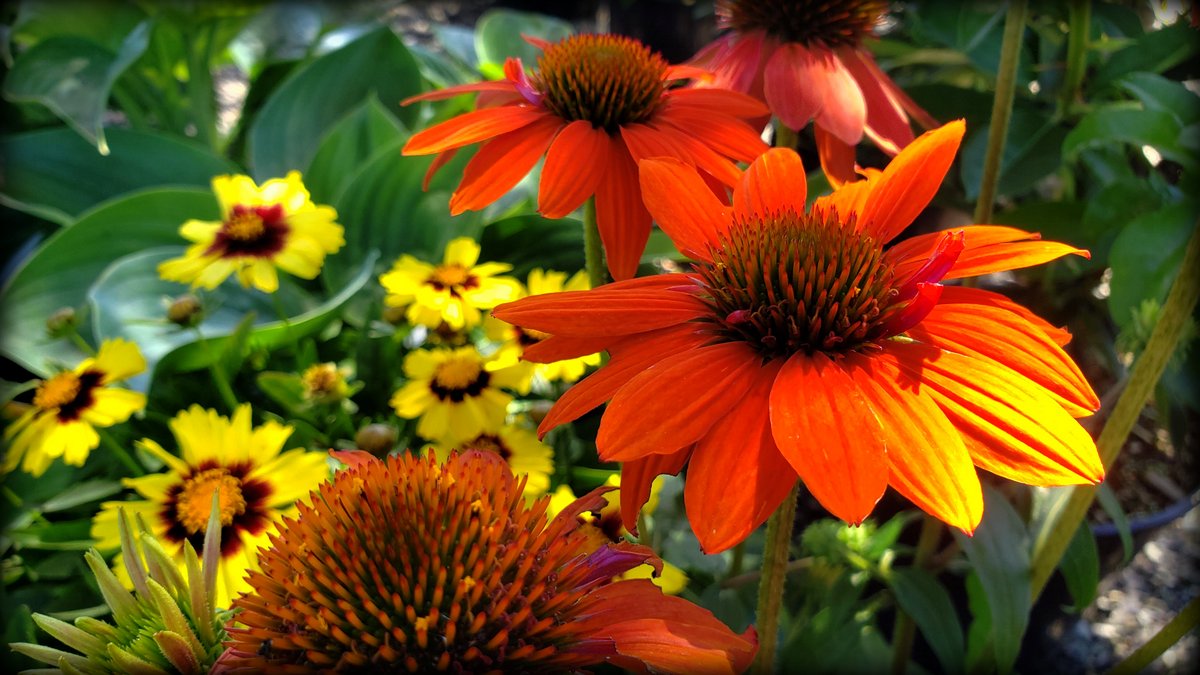
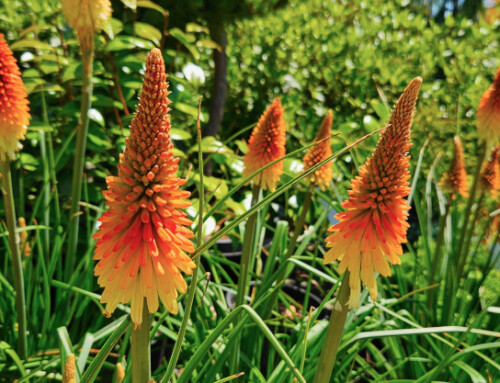
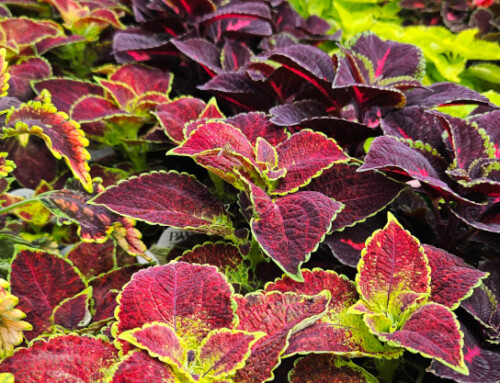
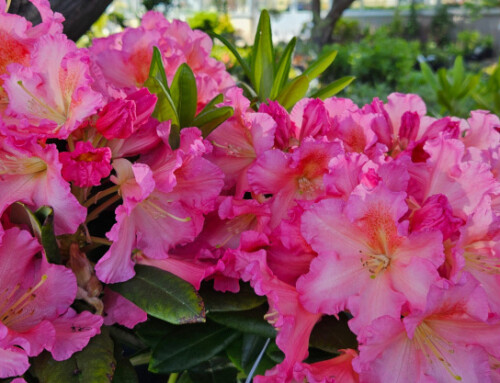
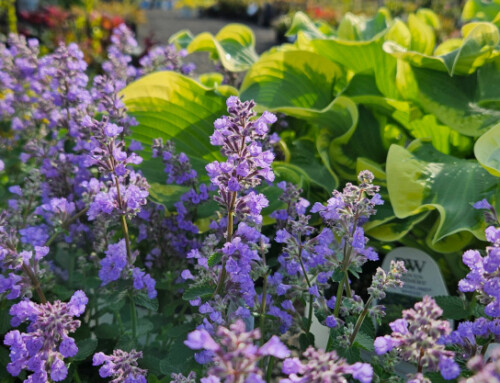

Leave A Comment